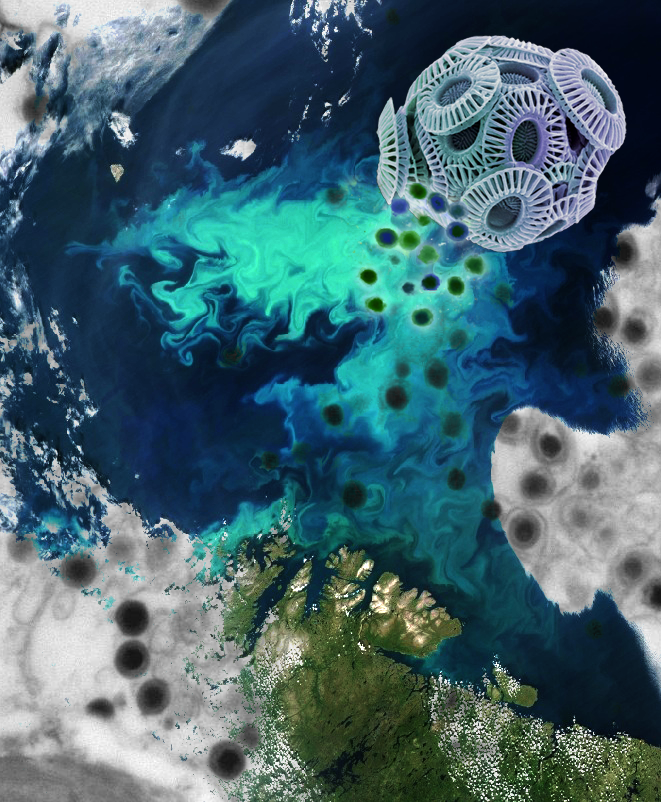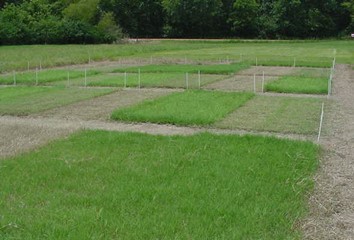Under normal conditions, the floating macroalgae Sargassum spp. provide habitat for hundreds of types of organisms. However, the Great Atlantic Sargassum Belt (GASB) that emerged in 2011 has since then caused unprecedented inundations of this brown seaweed on Caribbean coastlines, with harmful effects on ecosystems while posing challenges to regional economies and tourism, and concerns for respiratory and other human health issues.
Tag: Phosphorus
Study finds that big rains bring big algae blooms… eventually
In the lake-rich regions of the world, algae blooms are a growing problem. Not only are the floating green scums a nuisance for anyone hoping to enjoy the water, they can turn toxic and threaten public health.The main driver behind these blooms is phosphorus, an element used widely in agriculture to fertilize crops, that can run from the land and into lakes — especially during heavy rains.
As Winters Warm, Nutrient Pollution Threatens 40% of U.S.
Scientists are ringing alarm bells about a significant new threat to U.S. water quality: as winters warm due to climate change, they are unleashing large amounts of nutrient pollution into lakes, rivers, and streams.
The first-of-its-kind national study finds that previously frozen winter nutrient pollution—unlocked by rising winter temperatures and rainfall—is putting water quality at risk in 40% of the contiguous U.S., including over 40 states.
New research center using STEPS to solve the problem of phosphorus
Phosphorus, a critical nutrient for crops, is inefficient and causes growth of harmful algae in water systems
Surge in Nitrogen Has Turned Sargassum into the World’s Largest Harmful Algal Bloom
Scientists have discovered dramatic changes in the chemistry and composition of Sargassum, floating brown seaweed, transforming this vibrant living organism into a toxic “dead zone.” Results suggest that increased nitrogen availability from natural and anthropogenic sources, including sewage, is supporting blooms of Sargassum and turning a critical nursery habitat into harmful algal blooms with catastrophic impacts on coastal ecosystems, economies, and human health. Globally, harmful algal blooms are related to increased nutrient pollution.
Upcoming symposium highlighting advances in nutrient stewardship
The 4 R’s Advances in Primary Research of Nutrient Stewardship

Ocean Algae Get “Coup de Grace” from Viruses
Scientists have long believed that ocean viruses always quickly kill algae, but Rutgers-led research shows they live in harmony with algae and viruses provide a “coup de grace” only when blooms of algae are already stressed and dying. The study, published in the journal Nature Communications, will likely change how scientists view viral infections of algae, also known as phytoplankton – especially the impact of viruses on ecosystem processes like algal bloom formation (and decline) and the cycling of carbon and other chemicals on Earth.

Erika Hersch-Green Wins CAREER Award for Biodiversity Research
Erika Hersch-Green is studying how increasing amounts of nitrogen and phosphorus in terrestrial ecosystems lead to decreasing biodiversity, not only among plant species, but in herbivores and pollinators as well.

ermudagrass Harvest Management Options with Poultry Litter Fertilization
Managing Harvests of ‘Russell’ and ‘Tifton 44’ Bermudagrass Receiving Broiler Litter for Phosphorus Removal and Nutritive Value

Life could have emerged from lakes with high phosphorus
Life as we know it requires phosphorus, which is scarce. How did the early Earth supply this key ingredient? A University of Washington study, published Dec. 30 in the Proceedings of the National Academy of Sciences, finds answers in certain types of carbonate-rich lakes.